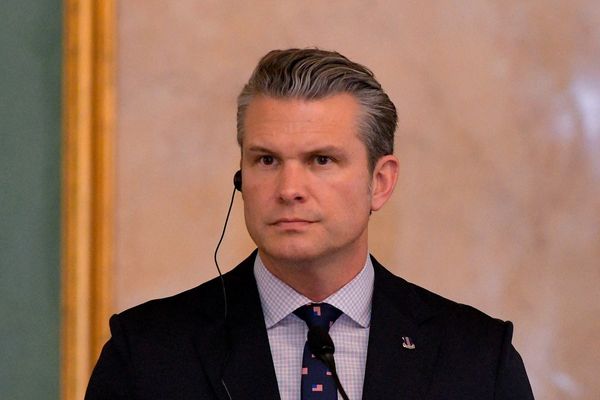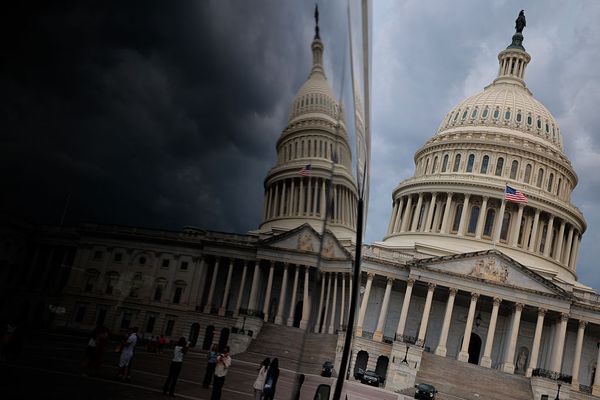
Tuesday’s latest snapshot of the UK jobs market shows what is becoming a familiar pattern: a gradual slowdown in hiring, rising unemployment, yet with wage growth still uncomfortably high for policymakers.
Whether because of Rachel Reeves’s £25bn national insurance increase, uncertainty over her upcoming budget, AI-related disruption or Donald Trump’s tariffs – or perhaps all four – companies seem to be cautious about taking on staff.
In the July to August period, the number of vacancies in the economy was down by 119,000 on a year earlier.
The unemployment data only runs to July – but it shows 2.3 unemployed people for each vacancy, up from 2.2 in the previous quarter.
The unemployment rate was up by 0.1 percentage points on the previous three months – at 4.7% – the highest rate in four years.
Employment was also rising, however, in part as more people move from being economically inactive, into the workforce.
At 21.1%, the economic inactivity rate was down 0.8 percentage points on a year earlier – though it remains stubbornly higher than before the pandemic.
And as Helen Gray, the chief economist at the Learning and Work Institute thinktank, said: “While economic inactivity is falling, a sizeable number of those returning to the labour market appear to be seeking work, rather than entering employment.”
Bank of England policymakers, who meet on Thursday to decide interest rates, have been waiting for this slowdown in the labour market – under way for many months now – to bring wage inflation under control.
Yet so far that has been a slow process, and wage growth remained relatively robust, at an annual rate of 4.8% excluding bonuses in the three months to July, according to the ONS.
When wages are rising strongly, economists fret that it will create the space for companies to continue raising their prices, contributing to a further round of inflation.
The Bank’s governor, Andrew Bailey, has repeatedly stressed the importance of the jobs market, and specifically wages, in determining where interest rates go from their current level of 4%. The latest data makes it even less likely that the Bank’s monetary policy committee will cut rates this week.
While wage growth remains higher than the Bank believes is consistent with meeting its inflation target, however, it will not feel that way for workers.
With inflation on the rise again, pushed up by food prices and energy bills, the ONS calculates that real wages are just 1% higher than a year ago – or 0.5% once housing costs are taken into account.
That is likely to mean that many consumers continue to feel the pinch, despite Labour’s stated determination to ensure economic growth can be felt in workers’ pockets.
As Ben Harrison, the director of the Work Foundation thinktank, put it: “The combination of stagnant living standards and sticky inflation means that people are still likely to feel pessimistic about their household finances one year into the new parliament.”







